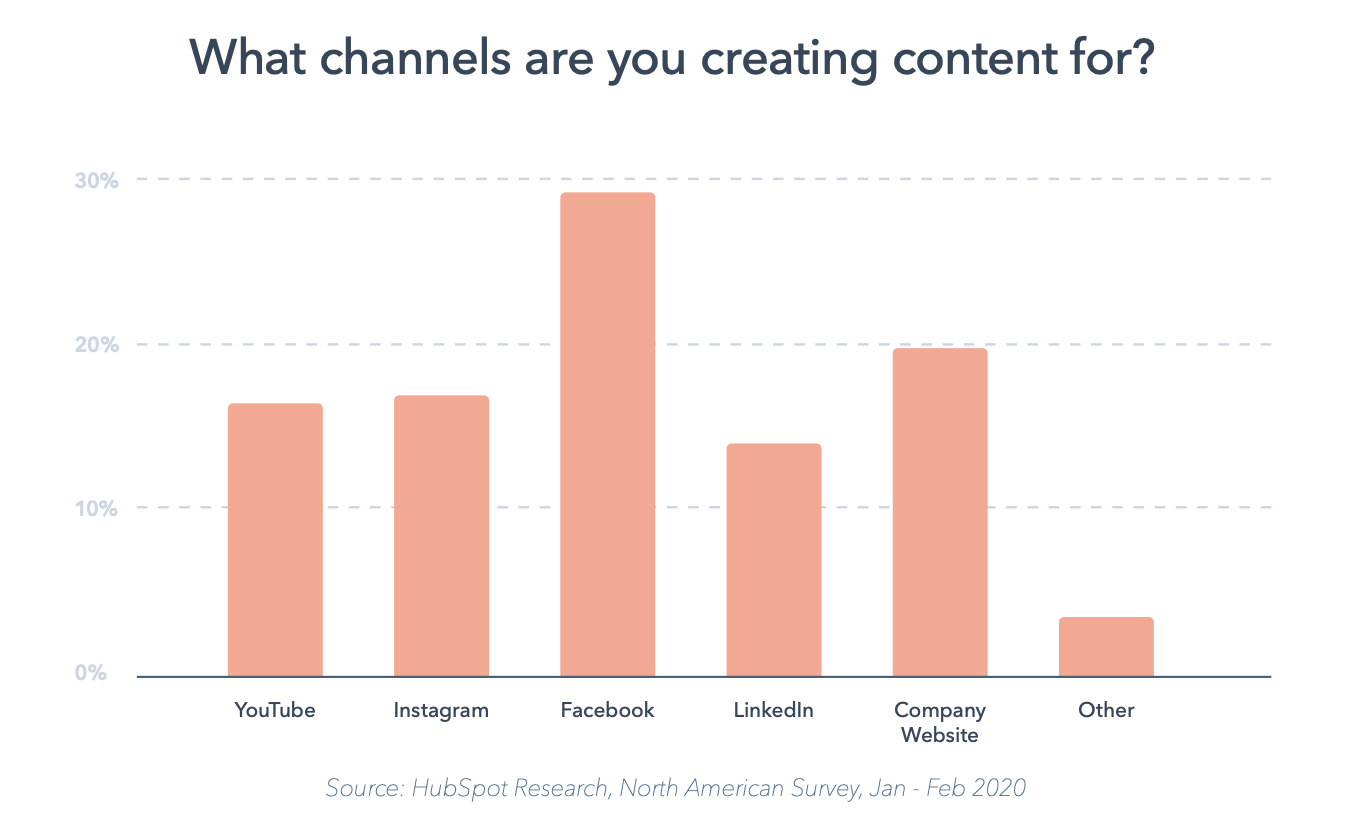
5 essential social media best practices for B2B marketers
B2B social media marketing success doesn’t have to be difficult. Anyone can start a Twitter or Facebook page for their business, start posting, gain some traction, and spread the word about their brand and product. Unless, you’re a B2B business—that’s a whole different ball game. Most social media networks, other than LinkedIn are not set up for B2B marketing. B2B social media accounts have a much harder time at getting off the ground and achieving growth than their B2C brethren.
Creating an effective B2B marketing strategy for social media requires an approach radically different from B2C social media marketing.

So why does your B2B marketing strategy even need to include social media in 2020 and beyond?
Why do B2B marketers need to focus on social media in 2021?
COVID-19 has driven most B2B activities to the digital realm, with social media in the lead. Globally, the B2B market has seen significant contraction, and nearly 60% of marketers reported being worried about sales, cash flow, revenues, and disruption to their sales funnel.

With offline events out, businesses need to find alternatives to maintain their market share and continue to connect with potential and current customers.
But why social media and not other channels? Because everyone is there already. Gone are the days when B2B businesses could afford to focus on search marketing and content marketing alone.
If you’re not on social media, you’re a step behind, and you’re losing out to your competitors. More B2B buyers turn to and expect a more comprehensive digital presence than past, more traditional decision makers.
That said, social media B2B marketing is not easy to master. The majority of social media tools and tutorials target B2C marketers, since social media was traditionally the channel for B2C. For B2B marketers, there are unique best practices that are not as commonly known.
Top 5 Social Media Best Practices for B2B Marketing
Some best practices are valid for all social media marketing types, including B2B, B2C, and even non-business pages. Those include tips like posting consistently and having a visual theme to your branded content. But that’s not enough to stand out in the B2B arena.
In addition to the basics of social media, you should employ the strategies, tactics, and approaches specific to B2B marketing.
1. Develop your brand voice & identity
In such uncertain times, a consistent brand identity and attention-grabbing brand voice can help you stand out among the throng of B2B companies and jargon buzzwords.
Keep your company goals and ethos firmly in mind.
Consider how you want to convey your messages to match its environment—the social media channel you select. Developing and refining a brand voice and identity is a never ending process. Its goal is to set and adjust a set of parameters that make your social media communication relatable, reliable, and unique.
One of the main tactics toward humanizing your brand on social media is by listening to the voice of your audience. To do that, your buyer personas should be synced with your brand voice and content. Only then can you adjust your strategy for performance.
2. Refine and segment your target audience
It’s one thing to “know” your target audience. Understanding the roles of each participant in the purchasing process to figure out where decision-making power lies is an entirely different matter.
You can further refine your buyer personas with sub-segments by defining grouping characteristics. Then, you can define social streams to monitor each. This will help you to better understand each persona’s pains, challenges and interests.
3. Remember employer branding—customers sure do
As buyers become more socially aware, employer branding has taken on an increasing importance in the social media B2B marketing mix. Consumers are quick to abandon a business that mistreats its own. 64% said they stopped buying from a brand once they heard it had inferior employer branding.
The opportunity you can and should capitalize on is B2B employee advocacy. At the very least, you should offer your employees a ‘brand style guide’ to detail the rules and recommendations for creating and publishing content that may impact your brand – for better or worse.
4. Listen (with the right tools)
Social listening is how a company tracks various social media channels for mentions of their brand, competitors, etc. Moreover, social listening tools are necessary to understand brand sentiment on social media. They’re the only way to try and quantify how your clients and potential prospects see you and your products.
Listening tools are also a great way to track and analyze your campaign results, as well as understand which channels produce actionable leads, and which are a waste of time and money.
5. Create content B2B buyers like
“If you build it, they will come” may have worked for a baseball field, but it won’t work in B2B social media marketing. You need to make sure that the content you create fits each stage of your client journey. With social media, posting about your company getaway in Barbados last year is fun, but ineffective when it comes to getting a deal closed.
Social media content for B2B marketing is rather different from B2C content. The most effective types of content include formats like infographics, videos, surveys, and other multimedia content that brings unique value.
Your goal should be to create content that people react to and share. Just make sure to keep track and measure all you can.

B2B marketing seems to be on every platform – from LinkedIn (obviously) to TikTok (yes, TikTok). Getting it right requires a unique approach, specialized tools, and a radically different mindset from general SMM (social media marketing).
With such a volatile business landscape, agility is the way to get ahead. When it comes to B2B social media marketing, tracking to optimize is the best tip we can give.
Have your own tips for success in B2B social media marketing? Tell us in the comments!


